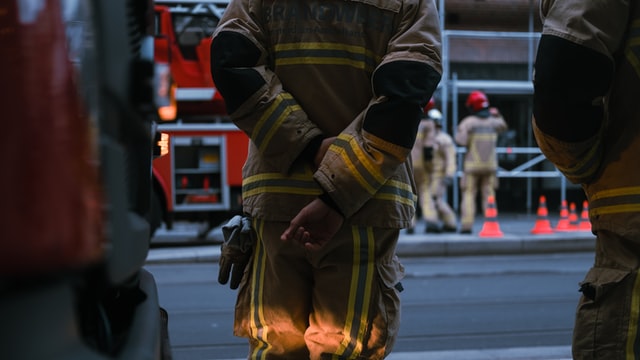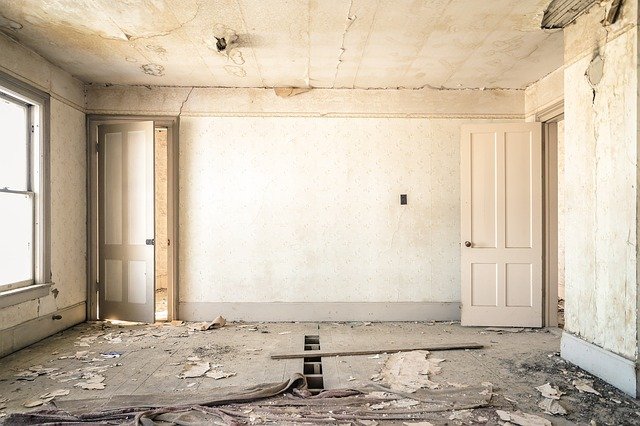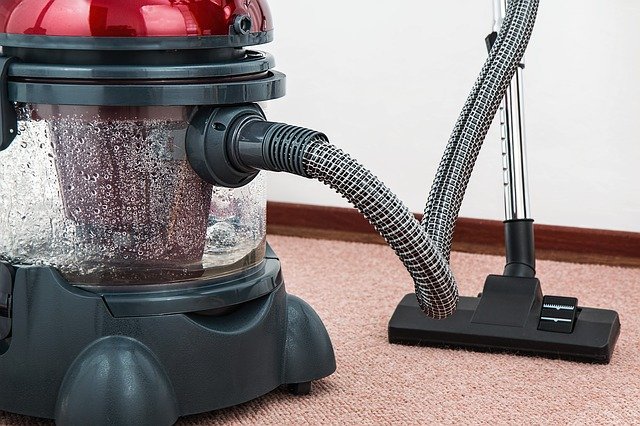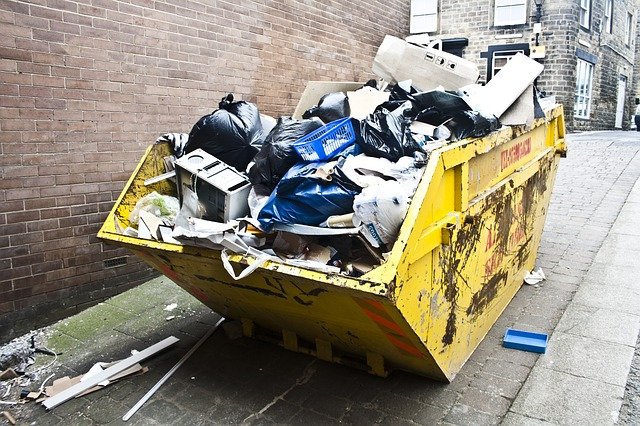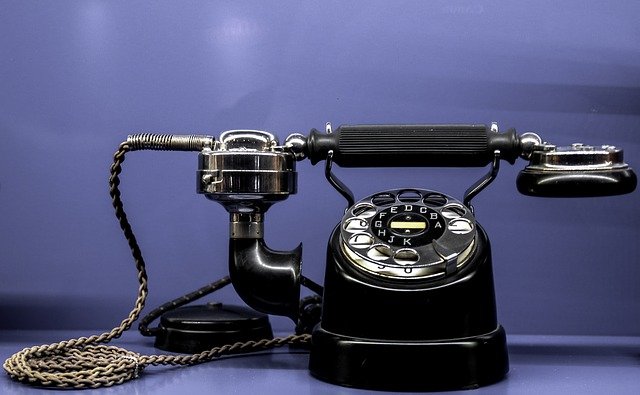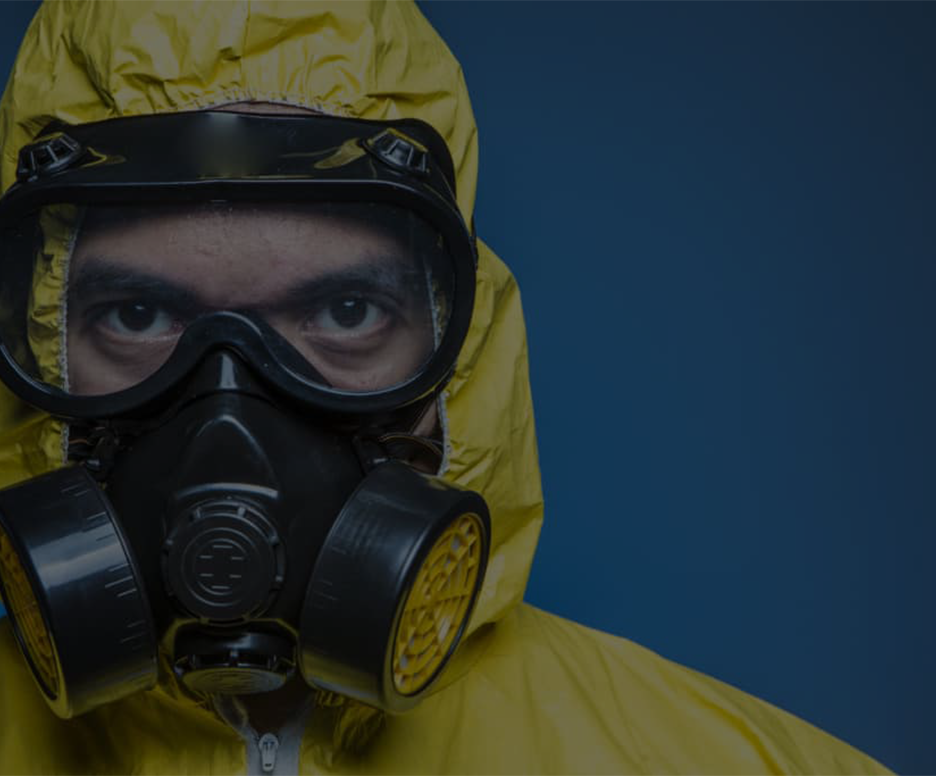
10 Helpful Smoke Damage Cleaning Tips
By: 911 Water Damage Experts
Smoke damage is often the devastating result of a fire, particularly those involving grease or oil. In some situations, the fire can be put out so quickly that the majority of damage relates to smoke rather than charred building materials.
Even if smoke-damaged building materials are salvageable, that doesn’t mean everyone understands how to approach the cleaning process.
The following smoke damage cleaning tips may be helpful if you’re about to tackle this very task.
Wait for Fire Department Approval
Source: Unsplash
Even though time is of the essence when cleaning up a smoke-damaged property, that doesn’t mean entry is safe immediately after the final flames have been extinguished.
Whether you or the fire department were able to put the fire out, it pays to have experts make sure that no embers remain that might re-ignite.
Skipping this process may mean that you have to carry out the smoke damage restoration process twice, so wait for the go-ahead before you get out your cleaning products.
Wear Personal Protective Equipment (PPE)
Source: Pixabay
Soot particles can be incredibly irritating, particularly when they are inhaled, touch your skin, or get in your eyes. Before you enter your smoke-damaged property, make sure you’re wearing the most appropriate PPE to tackle the clean-up task.
Long-sleeved shirts, covered shoes, and long pants are an excellent place to start. You can then pair them with gloves to protect your hands from any chemicals you’re using, goggles to keep soot out of your eyes, and a face mask to filter soot out of the air you’re breathing.
As uncomfortable as PPE can be, it can be even more uncomfortable if soot makes its way into your eyes, lungs, or skin.
Don’t Delay
Source: Pixabay
It may take some time for you to work out what you’re going to do with your smoke-damaged property, but make your decision quickly. The longer you leave the soot in place, the harder it can be to clean.
Soot can set hard, which means it can quickly become permanent. At that point, the only way to remove it is to remove the building materials it’s on.
Limit The Damage
Source: Pixabay
You may have gotten used to the smell of soot as you start the smoke damage restoration process, but that doesn’t mean other people have. If a minor fire happened in your home within a complex, such as an apartment building, make sure you manage any vents, heating, or cooling appliances wisely.
For example, an inter-building HVAC system may carry soot particles to other parts of the building. Therefore, when you get started, turn off such systems and rely solely on your windows and external doors.
Use The Right Cleaning Products
Source: Pixabay
Even before the cleaning process gets underway, ensure you have the best tools for the job. For example, an extra absorbent sponge, such as one you use for vehicle cleaning, can be much more effective for large areas than a kitchen brush or sponge.
If you’ve opted for trisodium phosphate cleaning agents, mix just one tablespoon per one gallon of warm water. Alternatively, homeowners using dishwashing detergent can mix one cup with a gallon of water for cleaning efficacy.
Be Careful With Vacuum Cleaners
Source: Pixabay
Whenever you have a spill in your home, your first tool of choice tends to be the vacuum cleaner. It’s fast, easy, and has any part of your home looking as good as new.
However, in the case of soot, a vacuum cleaner may not be an ideal option. While it can assist with sucking up loose debris, its bristles may do more harm than good. These can push soot further into materials that may have previously been salvageable.
Hose attachments and avoiding contact with sooty surfaces could be how you limit the risk. Alternatively, use handheld vacuum cleaners or call in the smoke restoration experts to lend a helping hand.
Start The Throwing Away Process
Source: Pixabay
As hard as it can be to throw away uneaten and unopened food and other porous items, it can be necessary. Even canned food that can survive the most challenging environments can be impacted by the extreme heat of a fire.
Fridge seals can also be damaged, which means the contents of your fridge may have been affected. Even if something seems okay to eat, don’t take the risk. Your grocery store is only a short trip away to replace any lost food.
Other items that may require throwing away are those in close proximity to the fire. They can bear the brunt of most of the smoke and heat damage and may not be able to be salvaged.
Work Through Clothing And Fabrics
Source: Pixabay
Create two piles for all fabrics in your smoke-damaged property: Clean and Throw Out. Anything with burn holes can go in the throw-out pile immediately, while some soot-covered items may be able to be salvaged.
Wash clothing in four liters of warm water, one cup of chlorine bleach or household cleaner, and up to six teaspoons of an emulsifying solvent cleaner. If you can still smell soot after one or two washes, it may be in your best interest to throw away some clothing and fabrics.
Create An Electronics Pile
Source: Pixabay
If there’s one thing you don’t want to mess with in the aftermath of a fire, it’s electronics. Even if your favourite game console seems okay, it may be worth getting a second opinion.
Clean off as much soot from salvageable electronics as possible, and create a list of all electronics that have been damaged beyond repair for insurance purposes.
Anything you’re unsure of – from stereo systems to kitchen blenders – can be checked over by qualified electricians before you put them to use.
Call In The Experts
Source: Pixabay
Most people trying to clean up a smoke-damaged property have never been in their position before. They are also hopeful they never have to be again.
If you’re unsure how to clean your smoke-damaged property as effectively as possible, don’t underestimate the value of calling in smoke damage restoration experts. While they undertake the cleaning process, you can be creating an inventory of what you’ve lost and need to replace for insurance company purposes.
If you have any questions about smoke damage cleaning and fire damage restoration feel free to call us at 1-833-WE-DRY-IT any time 24/7/365 all the time, we’re there when you need us!
Related Posts:
Fire damage checklist: The process and what to do after a house fire
Fire damage tips: 6 hazards that most property owners miss
What’s causing mould in your home? Here are the top reasons why
How to prevent mould growth after a flood
A pipe burst in my business building – what do I do?
What to do when a water pipe bursts in your apartment
Hire the right mould removal company by asking these vital questions
15 interesting facts about mould
What causes mould damage and what you can do about it
Top common signs of water damage: here’s what to look for

